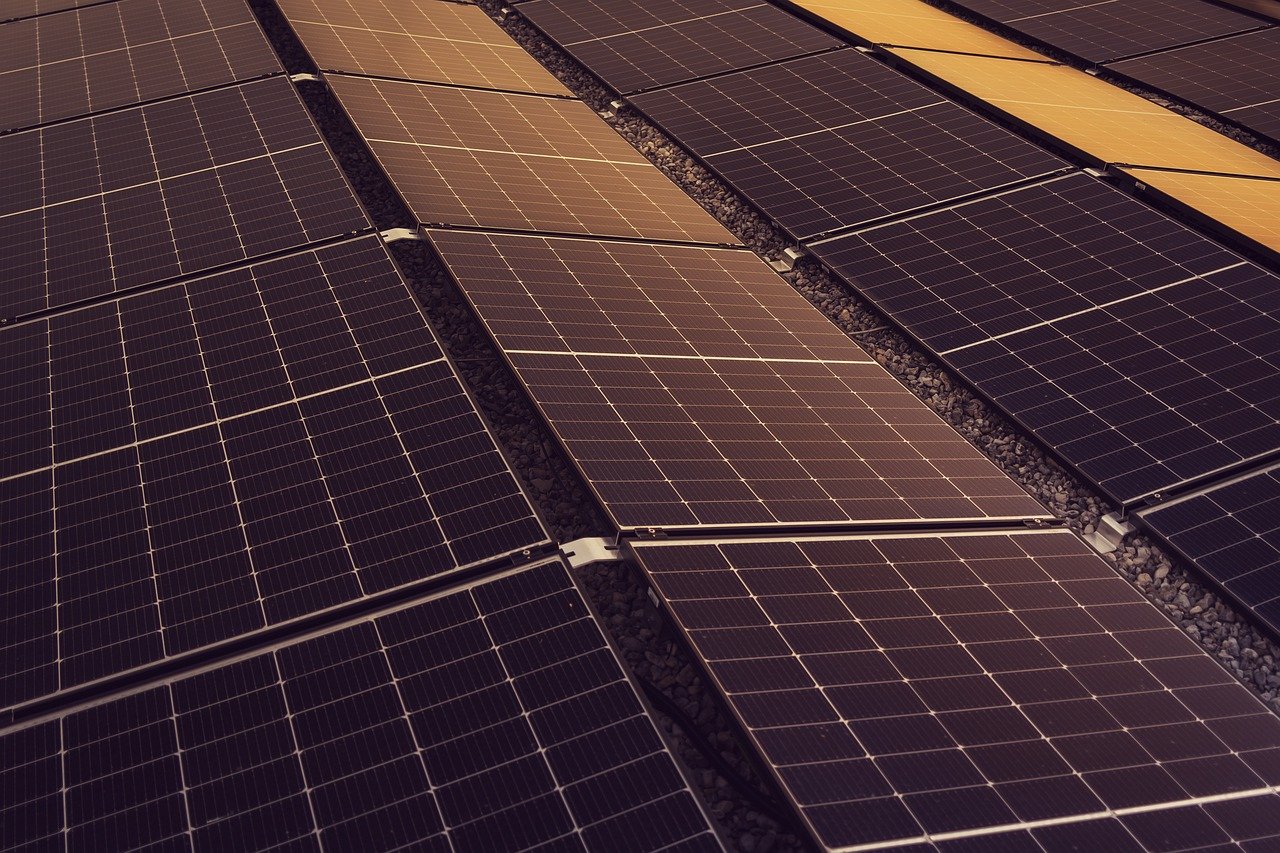
While extreme poverty does not exist in Samoa, 20% of Samoans still live under the national poverty line, a decrease from 21.9% in 2018. This could be due to the initiatives working to increase self-reliance and sustainability focusing on the rural areas and those considered vulnerable, like women and young people.
Energy Projects
In 2019, Samoa conducted two small hydro projects, the first of many, to supply 20% of the Island’s demand for energy. The hydropower plants were constructed on two separate islands (Upolu and Savai’i) and underwent rigorous environmental safeguarding checks to ensure no damage to the surrounding areas. The goal to rely on 100% sustainable energy was on hold due to the COVID-19 pandemic and subsequent economic challenges, however, in February 2024, the E.P.C General Manager confirmed that the plans are still going steady, intending to have 100% renewable energy in Samoa the next seven years.
The plans come with several challenges, including the “high upfront costs of renewable energy technology,” requiring international partnerships to help fund the opportunities. The main donor parties include the New Zealand Government, The European Union and the Asian Development Bank, according to Hydro Review.
The aim is that the accessibility of cleaner and higher quality services at a lower price will increase and energy poverty will decrease. Samoa was on track to have 100% electricity access, reaching it in 2020, however, in the past four years the rate has been decreasing with the current rate being 98.30%. This decline, whilst not being as low as other countries sets a worrying trend for Samoa especially due to the increase in natural disasters, so action like the new projects (while not urgent) are necessary.
Subsidized Electricity Tariffs
The renewable energy project report states that the vulnerable people of Samoa will receive subsidized electricity tariffs and secure energy for all residents, creating social inclusion to help develop income generation models for the poorest project participants. The projects are established on existing sites with any that required land acquisition from locals being removed from the project, they also serve to increase economic growth and international relations, hoping to outsource the energy to surrounding countries.
Looking Ahead
This push towards renewable energy in Samoa comes from the increasing reliance on fossil fuels and the increase in natural disasters due to changing weather patterns. By 2100, Samoa could lose 3.8% of its GDP due to the aftermath of natural disasters, potentially threatening the steady decrease of poverty across the country. However, with the recent projects, Samoa has simultaneously addressed both the threat that changing weather patterns hold and the needs of those living below the poverty line, harnessing renewable energy to help on a global and local scale.
– Caitlin Mulholland
Caitlin is based in Lymington, UK and focuses on Technology and Solutions for The Borgen Project.
Photo: Flickr
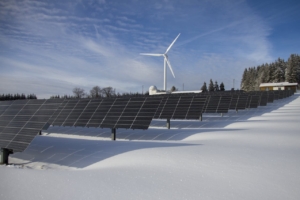

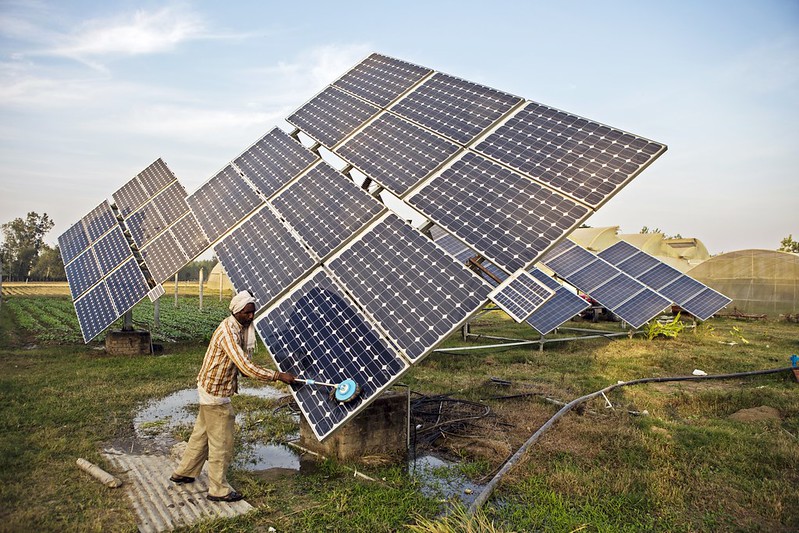 Due to rapid population growth and economic development, India has a need to scale up its energy capacity to alleviate energy poverty and
Due to rapid population growth and economic development, India has a need to scale up its energy capacity to alleviate energy poverty and 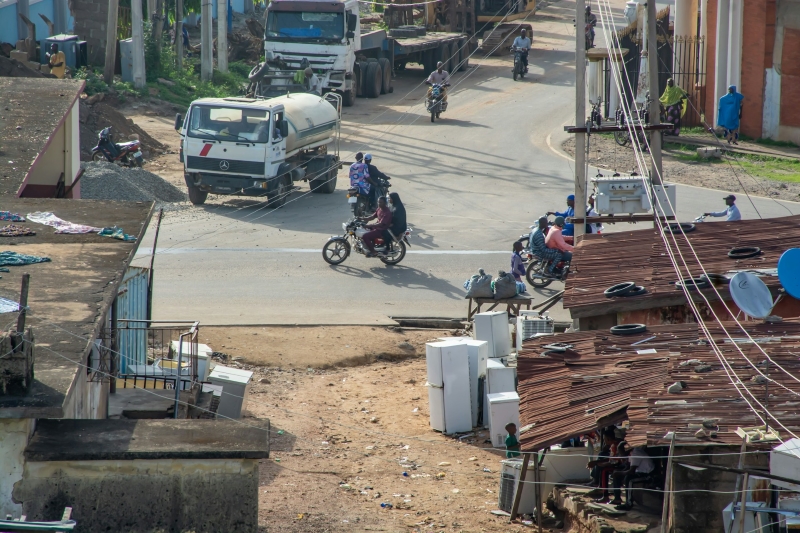 Nigeria,
Nigeria, 
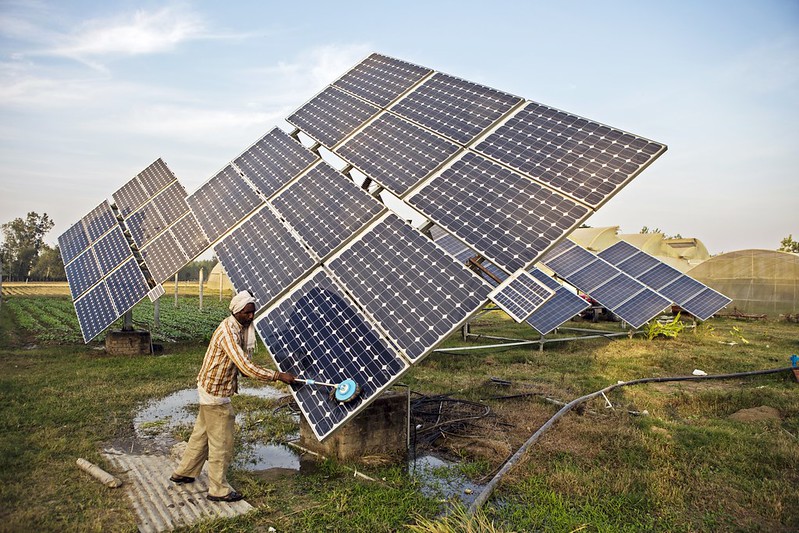
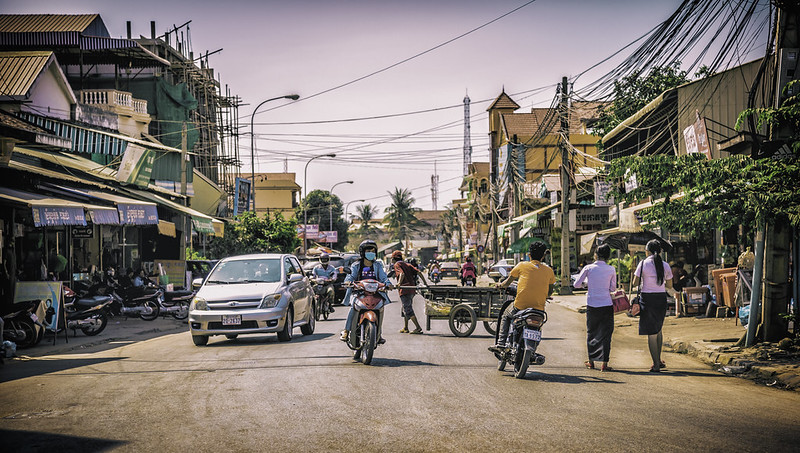
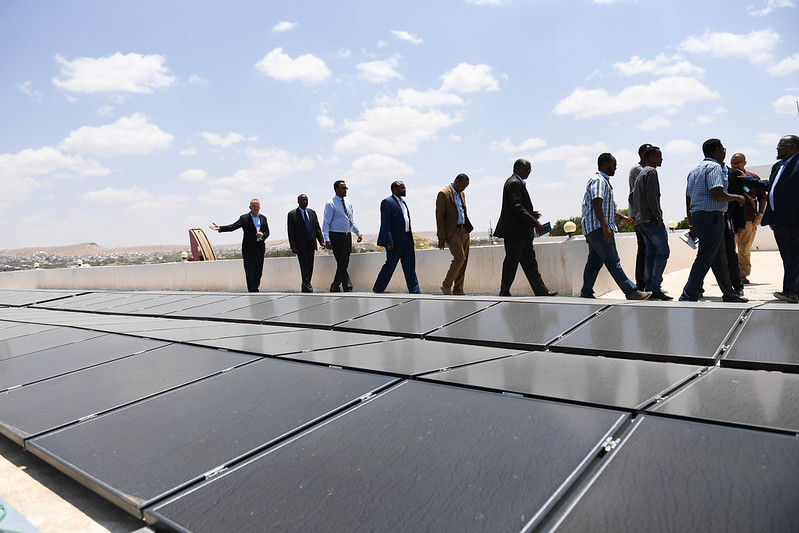 The World Bank shows that
The World Bank shows that 